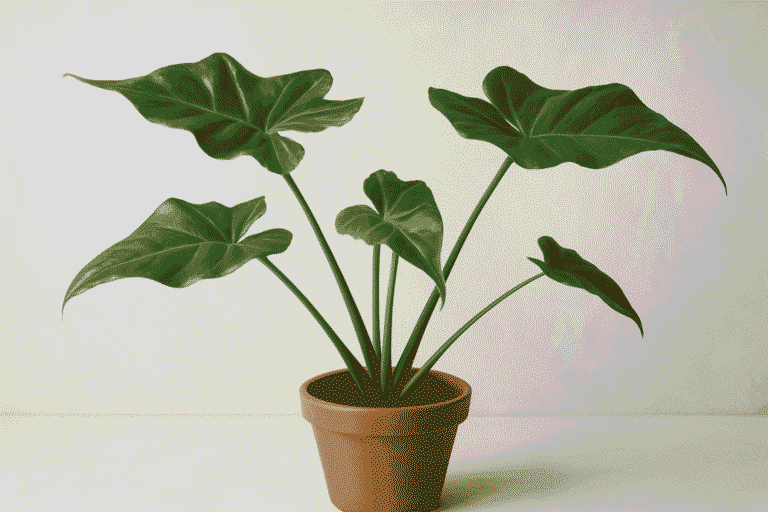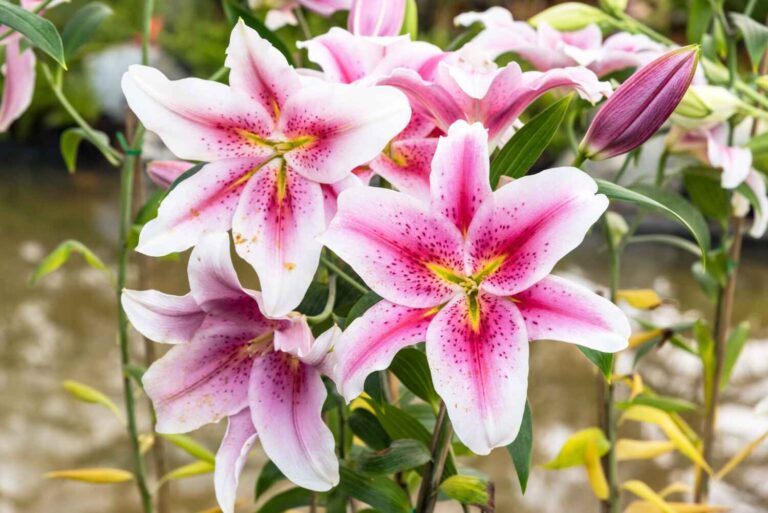How to grow beets from seed?
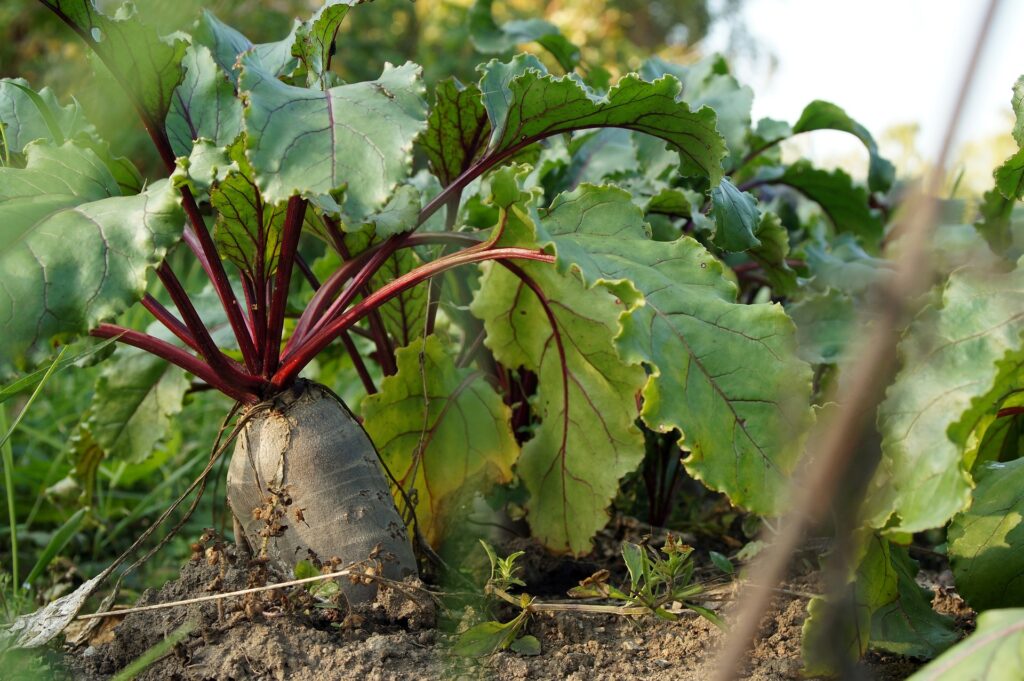
How to grow beets from seed – Growing beets from seed at your home is the most easy and an amazing gardening experience. These amazing, colorful and high nutrition veggies are not only so simple to grow but also a delight to harvest and use in the kitchen. When I first started planting beets, I wasn’t sure how this would go, but after seeing those tiny seeds sprouts growing was an awesome moment.
If you’re ready to add colours and flavours to your garden, this guide is definitely going to help you on every step, so that you can enjoy fresh, healthy, homegrown beets.
I. Beets
different kinds of beets
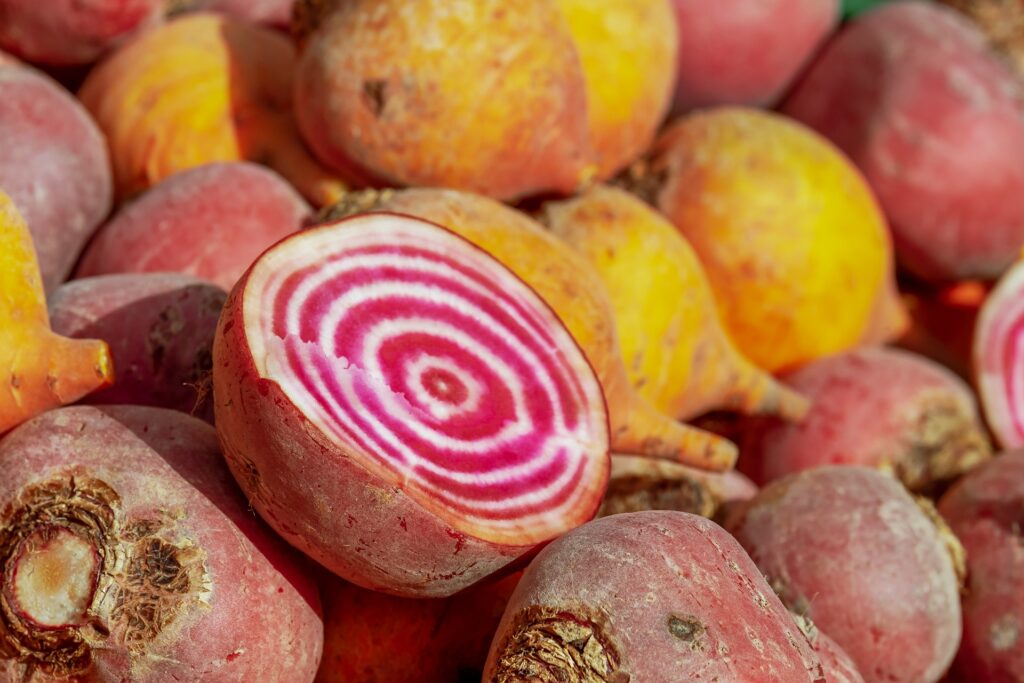
When it comes to beets, there’s a delightful array of varieties to choose from. The most common types include:
Red Beet seeds: The classic choice, with a sweet, earthy flavor. Perfect for roasting, juicing, or adding to salads.
Golden beet seeds : A stunning yellow beet seeds and a milder, sweeter taste. They won’t stain like red beets, making them a favorite for some cooks.
Chioggia Beets: Also known as candy striped beets, these boast a unique concentric ring pattern that’s as beautiful as it is delicious!
How to grow beets from seed – Beyond these varieties, specialty types like sugar beet seeds, which are cultivated for their high sugar content, offer unique flavors and uses. Choosing the right beet might depend on your favorite dish or even what looks best in your garden!
Nutritional Benefits of Beets

Beets are more than just a pretty vegetable; they’re packed with essential nutrients:
Vitamins and Minerals: Beets are rich in folate, manganese, potassium, and vitamin C, making them a nourishing addition to any diet.
Health Benefits: Regular consumption of beets can help lower blood pressure, improve endurance during exercise, and support liver health. Plus, the antioxidants in beets can fight oxidative stress.
Balanced Diet Inclusion: Add them to salads, smoothies, or roast them as a side dish. Their versatility means they can easily fit into almost any meal plan!
best growing conditions for beets
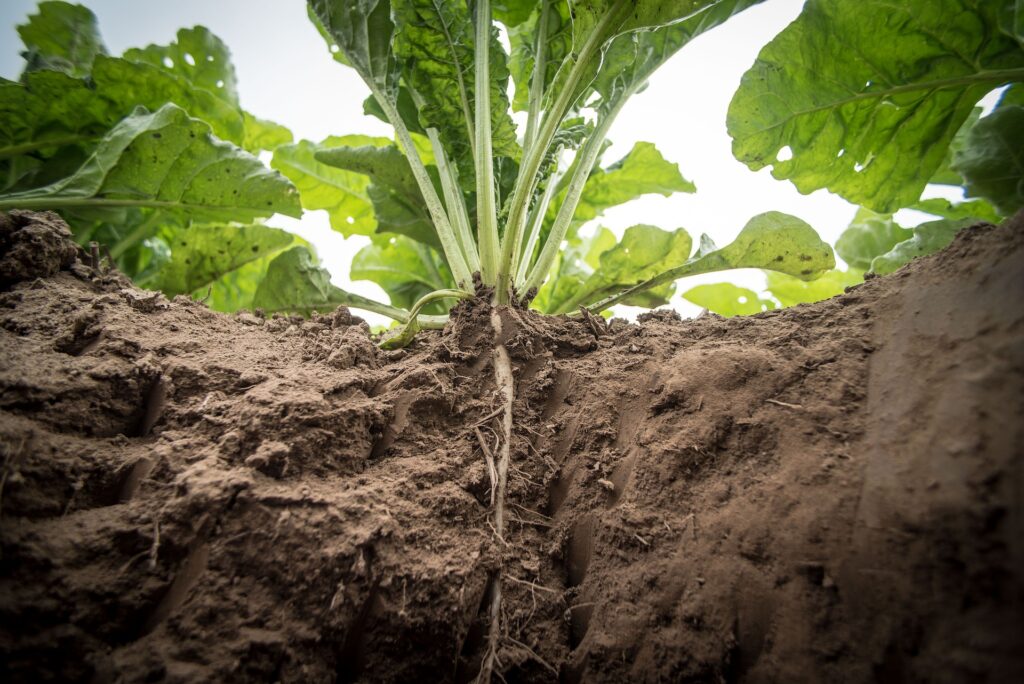
For beets to thrive, they need the right growing conditions:
Soil Requirements: Beets prefer well-drained, loamy soil with a pH level between 6.0 and 7.0. It’s important to have soil that’s rich in organic matter.
Climate and Temperature: Cool temperatures are perfect for growing beets. They ideally grow best between 50°F and 85°F. If planting in the heat of summer, they may bolt.
Companion Planting: Beets play nicely with a variety of plants like onions, garlic, and cabbage. These companions can deter pests and enhance growth.
II. how to prepare a bed for planting
how to prepare land for planting?
Choosing the right spot in your garden can make all the difference:
Location: Pick a site that receives full sun, at least six hours a day. Now’s the time to say goodbye to that shady corner!
Soil Preparation: Tilling helps aerate the soil. Don’t forget to add compost or well-rotted manure to enrich it further.
Drainage: Make sure your planting area drains well to prevent water from pooling around your beet roots.
Sourcing Quality Beet Seeds
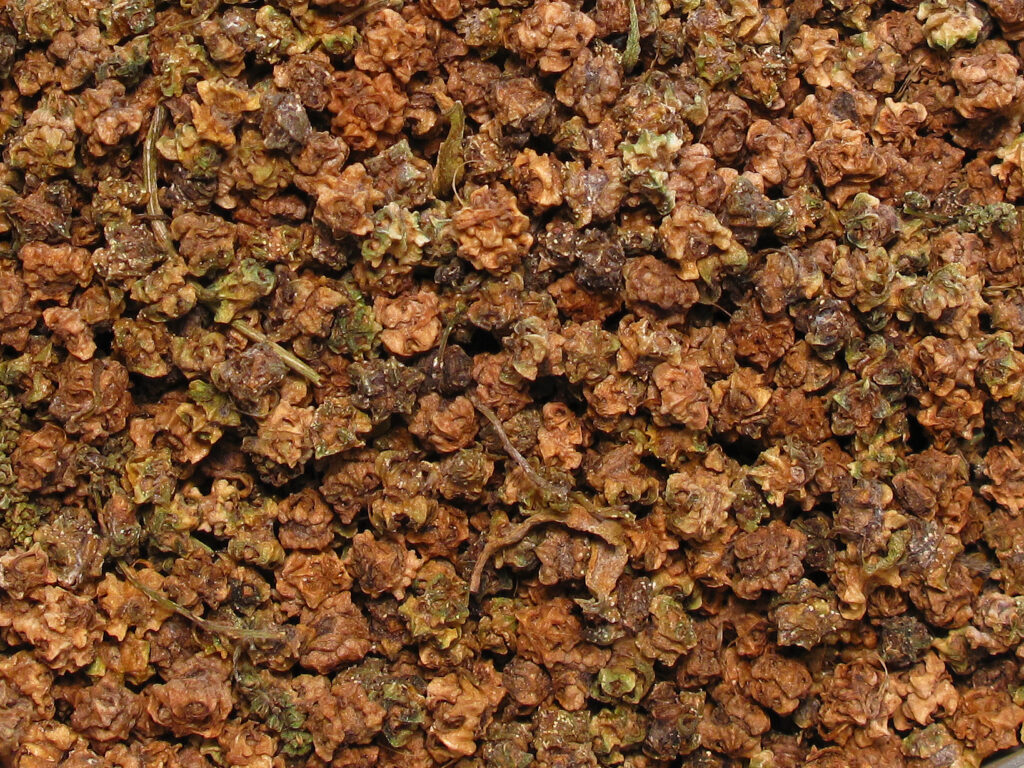
Where you get your seeds matters:
Where to buy beet seeds : Local nurseries often have great selections of regional varieties and knowledgeable staff. Online stores can also offer unique selections, just be sure to check reviews.
Seed labeled: Look for seeds labeled as organic, non-GMO, and check the “Germination Rate” on the packet for the best quality.
Saving seeds: If you end up with a bountiful harvest, consider saving seeds for future planting. Just ensure the beets are left in the ground to mature!
what is the best time for planting?
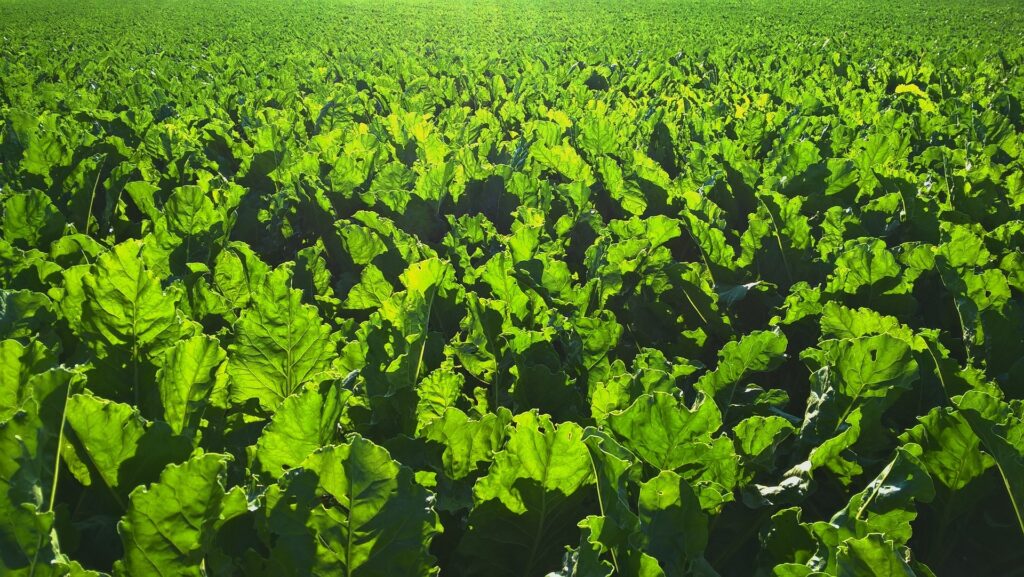
Timing can make or break your beet-growing success:
Best Planting Times: In many regions, early spring and late summer are ideal for beet planting. Check local guidelines for specifics.
Frost Dates: Knowing your last frost date is crucial. Beets are hardy, but give them a head start by planting a week or two after the last frost.
Succession Planting: For a continual supply of fresh beets, consider planting a new batch every two to three weeks.
III. Planting Seeds
how to grow beets from seed?

Now, let’s get those seeds into the ground!
Sowing Methods: How to grow beets from seed – Direct sowing is the most common way to plant beets, while transplanting can be done if you start them indoors. Just ensure they’re cooled down before moving them outside.
Spacing and Depth: Plant seeds about 1 to 2 inches apart and ½ to 1 inch deep. Keep in mind that beet seeds are clusters, so you’ll want to thin them out later.
Rows vs. Clusters: Consider planting in rows if you have a larger garden, or clusters if you’re short on space. Rows allow for easier care and harvesting.
fertilizer and watering

Watering properly ensures your beets flourish:
Water Needs: Beets need about 1 inch of water per week. Monitor rainfall and adjust your watering accordingly.
Fertilizer: A balanced fertilizer can work wonders. Look for something enriched with nitrogen when the tops start to grow.
Tips for watering plants: Water deeply but infrequently. Rather than daily sprinkles, think of a good soak once a week!
seed protection
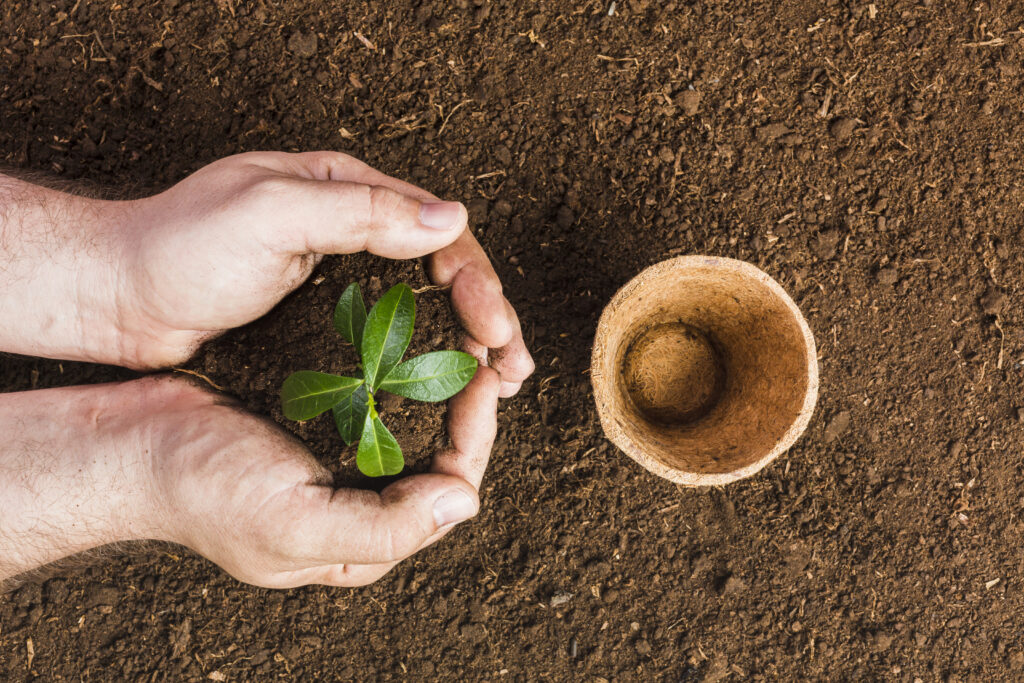
Pests can be a gardener’s worst nightmare
Common Pests: Watch out for aphids, beet leaf miners, and root maggots. Setting traps or using barriers can help.
Organic Methods: Consider introducing beneficial insects like ladybugs, or using neem oil for effective yet safe pest control.
Disease Prevention: Keep the area free of debris and practice crop rotation to limit disease risks.
IV. Caring for Growing Beets
Thinning Seedlings

Thinning is vital for your beet plants
Importance of Thinning: It might seem harsh, but thinning out crowded seedlings encourages healthy growth and prevents root competition.
How to Thin: Use scissors to cut the extra seedlings at the soil line, so you don’t disturb the roots of those you want to keep.
Timing: Start thinning once seedlings are 2-4 inches tall, aiming for about 3-4 inches apart.
Soil Health Principles
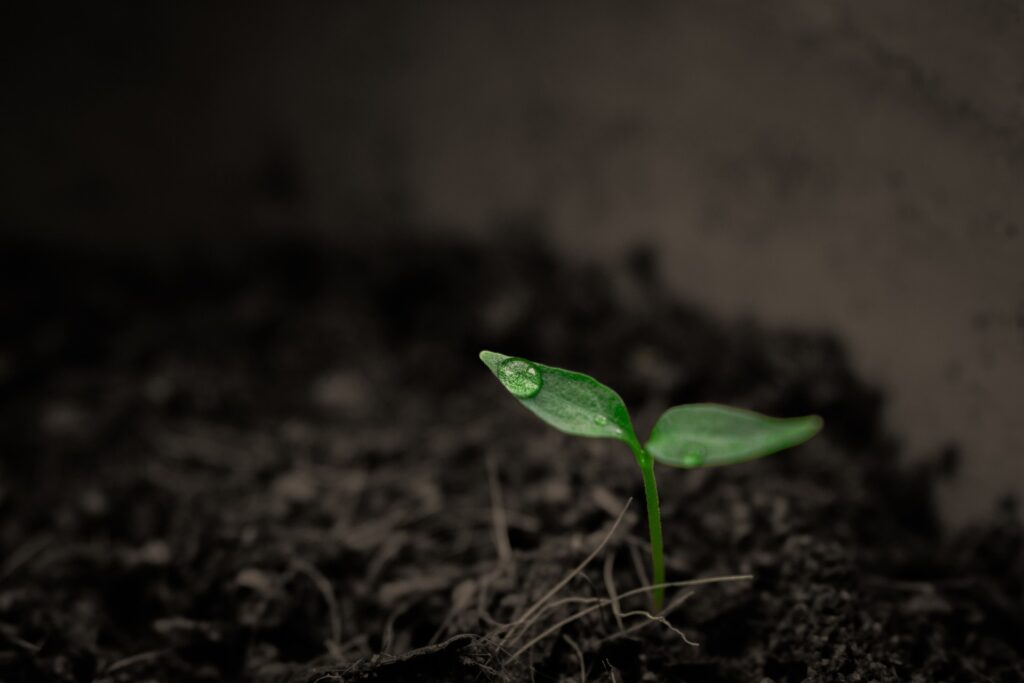
Healthy soil equals happy beets
Mulching: Applying a layer of mulch helps conserve moisture and control weed growth. Plus, it looks nice!
Soil Moisture: Stick your finger in the soil—if it feels dry an inch down, it’s time to water.
Nutrient Deficiencies: Look for signs like yellowing leaves or stunted growth, indicating nutrient shortages. Adding compost can help reinvigorate tired soil.
Monitoring for Pests and Diseases
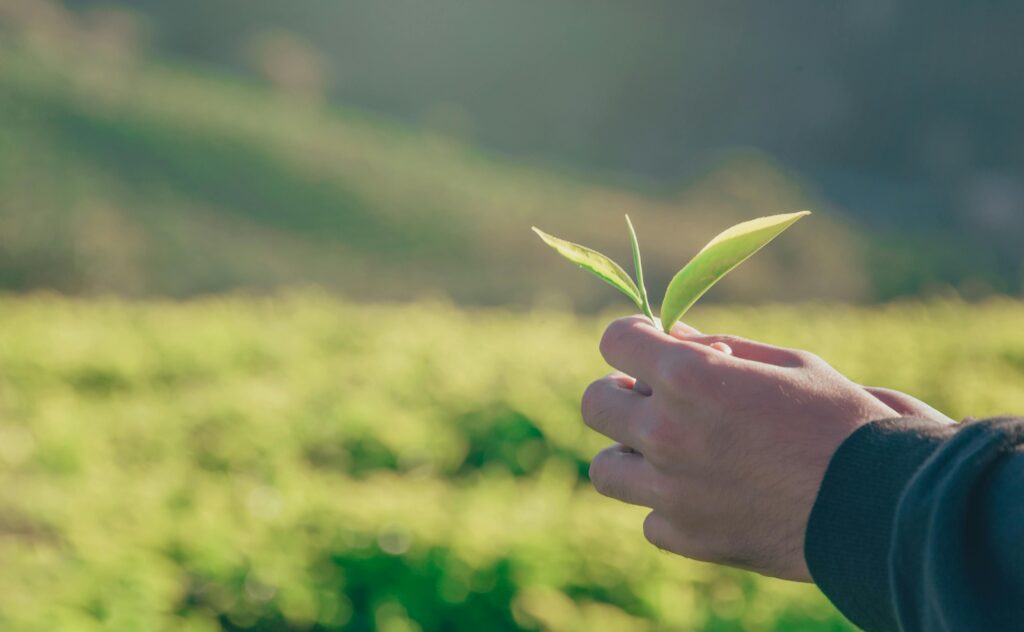
Regular checks are essential
Identifying Pests and Diseases: Be on the lookout for wilting plants or unusual spots on leaves. Early identification is key!
Solutions: For infestations, consider home remedies or organic pesticides. Regular garden inspections can prevent major problems.
Inspect Often: A loving gardener is a vigilant gardener. Routine checks will keep your beet patch thriving!
V. Harvesting and Storing Beets
When to Harvest Beets?
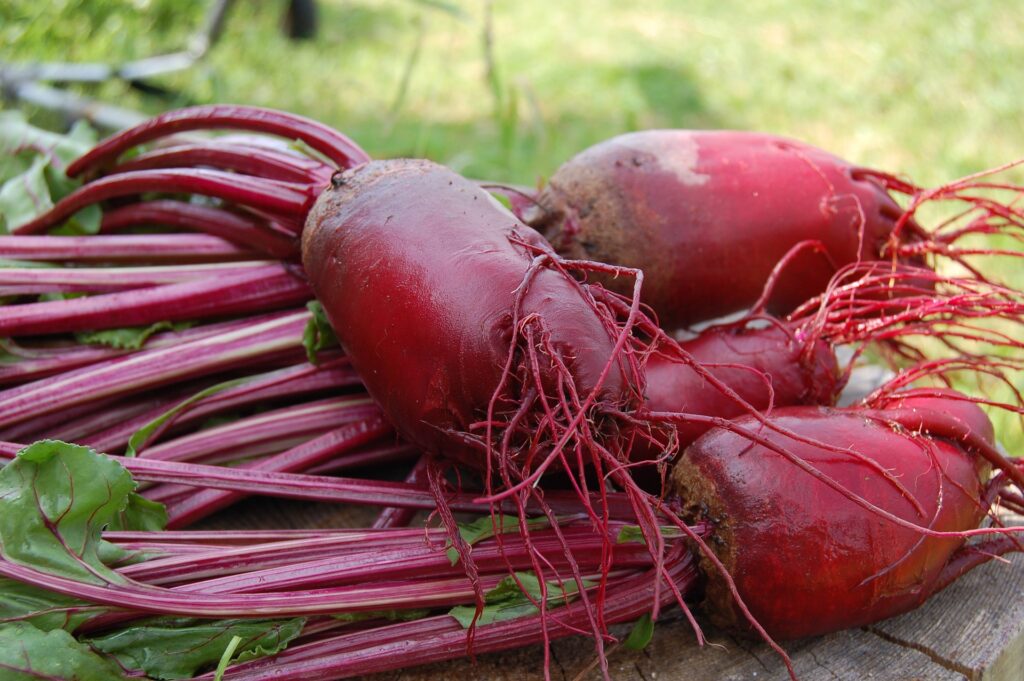
Harvest timing can impact flavor significantly:
Signs of Readiness: Beets are generally ready when they’re around 1.5 to 3 inches in diameter. The greens will also start to yellow.
Root Sizes: Don’t let them get too big; they can become woody and lose flavor. Harvest while they’re still tender!
Flavor Profiles: Experiment with harvesting at different sizes to find your perfect taste; smaller beets can be sweeter and more tender.
Harvesting Techniques

Harvesting should be done with care
Tools Needed: A garden fork or shovel works best for lifting beets. Avoid pulling them by the tops, as this can damage the plant.
Lifting Beets: Gently loosen the soil around the beet before lifting it to avoid bruising.
Beet Greens: Don’t throw away the greens! They’re edible and delicious in salads, sautés, or smoothies.
Storing Beets
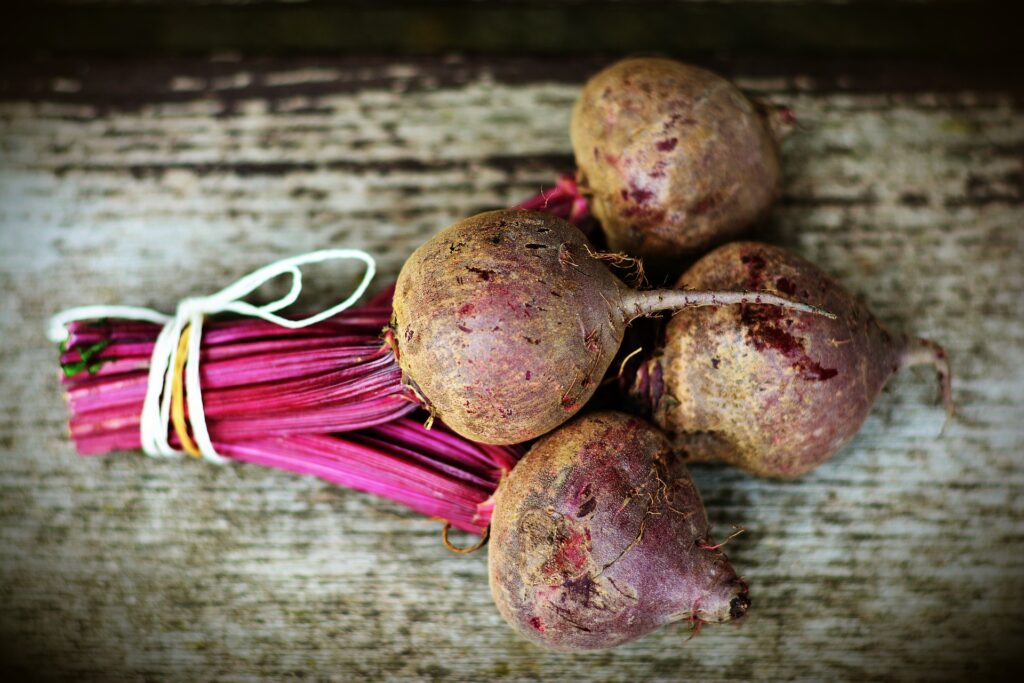
Proper storage keeps your harvest fresh
Washing and Preparing: Give your beets a good rinse to remove dirt, but avoid peeling them until you’re ready to use them.
Storage Conditions: Keep them in a cool, dark place with high humidity. A refrigerator crisper drawer often works well.
Preservation Techniques: Try freezing, pickling, or even fermenting if you want to enjoy your beets long after the harvest season!
Conclusion
How to grow beets from seed – Growing beets from seed is a rewarding experience that delights the senses. Whether you’re drawn in by their colorful varieties, Nutritional Benefits of Beets, or culinary versatility, these root vegetables can easily find a place in your home depot garden. Remember, patience and care are essential; in gardening, as in life, good things often take time. So grab those seeds, dig into the soil, and enjoy the process of growing your own beets!
Frequently Asked Questions
Beet seeds should generally be planted ½ to 1 inch deep.
Yes, beets can thrive in containers, but choose ones that are at least 12 inches deep for optimal growth.
Make sure your soil is kept consistently moist and check the temperature. Beets prefer cooler soil for germination.
Test your soil’s pH and make sure it’s well-draining and rich in organic matter. A soil test kit can provide valuable insights.
Roasting, steaming, or boiling are popular methods. Always wash and trim the tops and tails before cooking to enhance flavor!
Table of Contents
- How to grow beets from seed?
- I. Beets
- different kinds of beets
- Nutritional Benefits of Beets
- best growing conditions for beets
- II. how to prepare a bed for planting
- how to prepare land for planting?
- Sourcing Quality Beet Seeds
- what is the best time for planting?
- III. Planting Seeds
- how to grow beets from seed?
- fertilizer and watering
- seed protection
- IV. Caring for Growing Beets
- Thinning Seedlings
- Soil Health Principles
- Monitoring for Pests and Diseases
- V. Harvesting and Storing Beets
- When to Harvest Beets?
- Harvesting Techniques
- Storing Beets
- Conclusion
- Mona Lavender Plant: Complete Growing Guide for Beginners
- Alocasia Stingray Plant Guide: Tips for Healthy Growth
- Pink Lilly Flower: Growing and Caring for Pink Lillies


